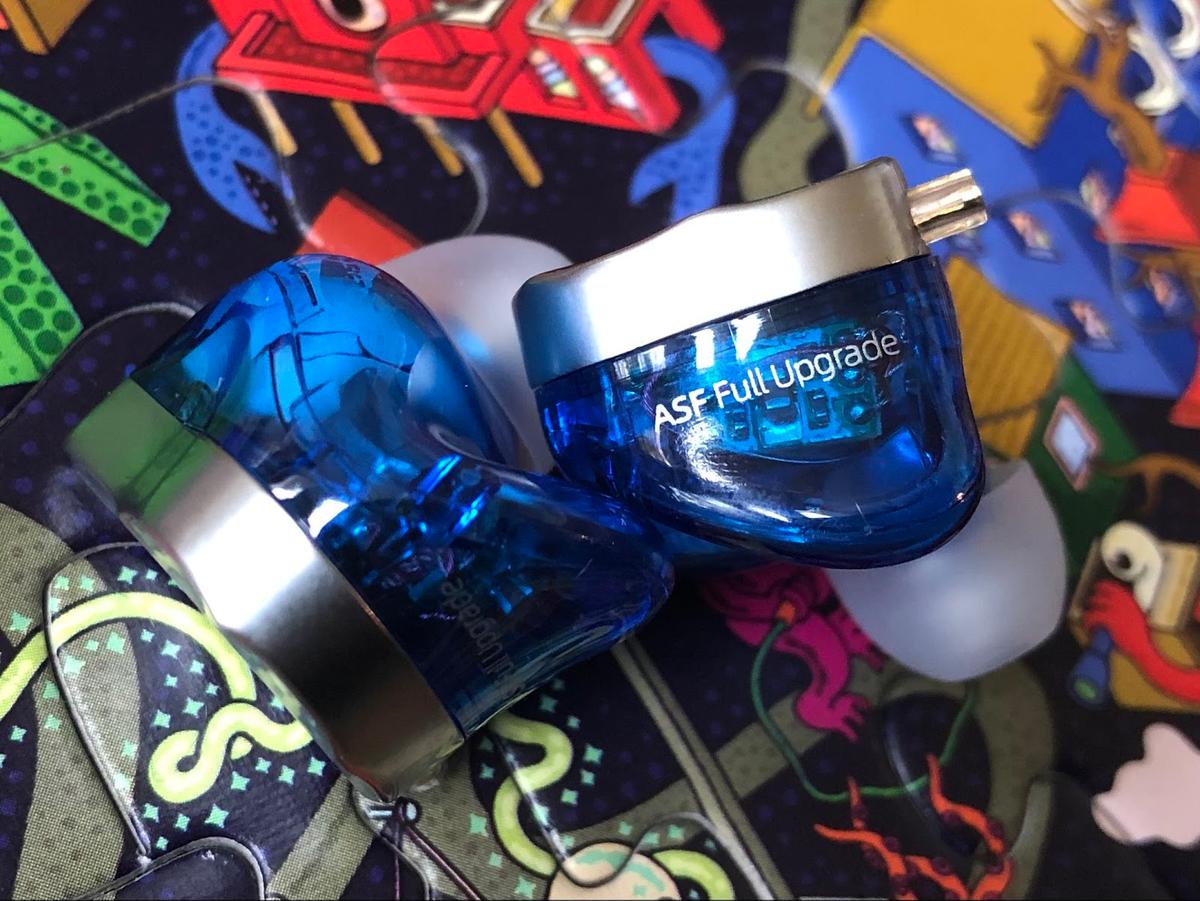These are KZ AS F.
It seems that Knowledge Zenith (KZ) will never be accused of being revolutionary. Rather KZ has chosen to embody evolutionary progress. Little by little. Step by step. Mix. Match. Repeat.
I recently reviewed the hybrid KZ ZAX IEMs, which marked KZ’s return to the non-wireless IEM market after quite a few months spent focused on TWS. Before that (almost a year ago), I reviewed the ZSX model. Very little changed over that year. The ZAX shares many of the strengths and weaknesses of its similarly named hybrid predecessor.
Now KZ is back with a new line of all Balanced Armature (BA) IEMs. Today we’re taking a look at the lower-priced, 5-drivers per side, ASF (USD$60). Next up for review are the big brother, 10-drivers per side, ASX (USD$100).
- Reasonable clarity.
- Attractive metal faceplates.
- Silver-plated copper cable.
- The shell is large and bulky.
- Large white interior plastic pieces are not attractive.
- The body assembly seam is not flush.
- Severely rolled off treble.
- Very recessed midrange.
- Boomy upper-bass and lack of sub-bass.
KZ has dabbled with this technology before. In 2018, they released the AS10 and BA10 (5 BA drivers per side). They were the high-water mark for KZ at the time (although still sub USD $100) and were an interesting (if somewhat bass-shy and uncomfortable) attempt at producing something different.
After a couple more KZ full-BA models, mid-2019 heralded the release of the KZ AS16 (8 BA drivers per side) which marked KZ’s first foray into the slightly higher-end USD $100-$150 zone. The AS16 was an attention-grabbing departure, and (I thought) indicated that KZ was maturing both as a brand and in their sound.
“I think it is an easier path for a company to move from producing only very high-end products and begin to offer more ‘affordable’ options than to move up the quality and price ladder. KZ will need to overcome the ‘cheap’ stigma in order to be successful. To do this, they are going to need to impress on all levels: presentation, accessories, build quality, and sound quality….
The AS16 is the most technically accomplished KZ IEM to date. It provides abundant detail, clarity, and space. Really unlike any of their previous models, it is focused on critical listening and a more discerning listener. It is a true departure from the stereotypical KZ v-shaped sound signature.” – My AS16 Review
Turns out, I was wrong.
KZ simply returned to what worked for them in the past. They started back up making hybrid multi-driver IEMs around the $50 price point. More (and more) of the same.
So, it is with some significance that the ASF hits the KZ scene. Perhaps KZ built on their learnings from the more mature sounding AS16? Could it be that with the release of the ASF (and new flagship ASX) they will change what we know about the KZ signature v-shaped sound?
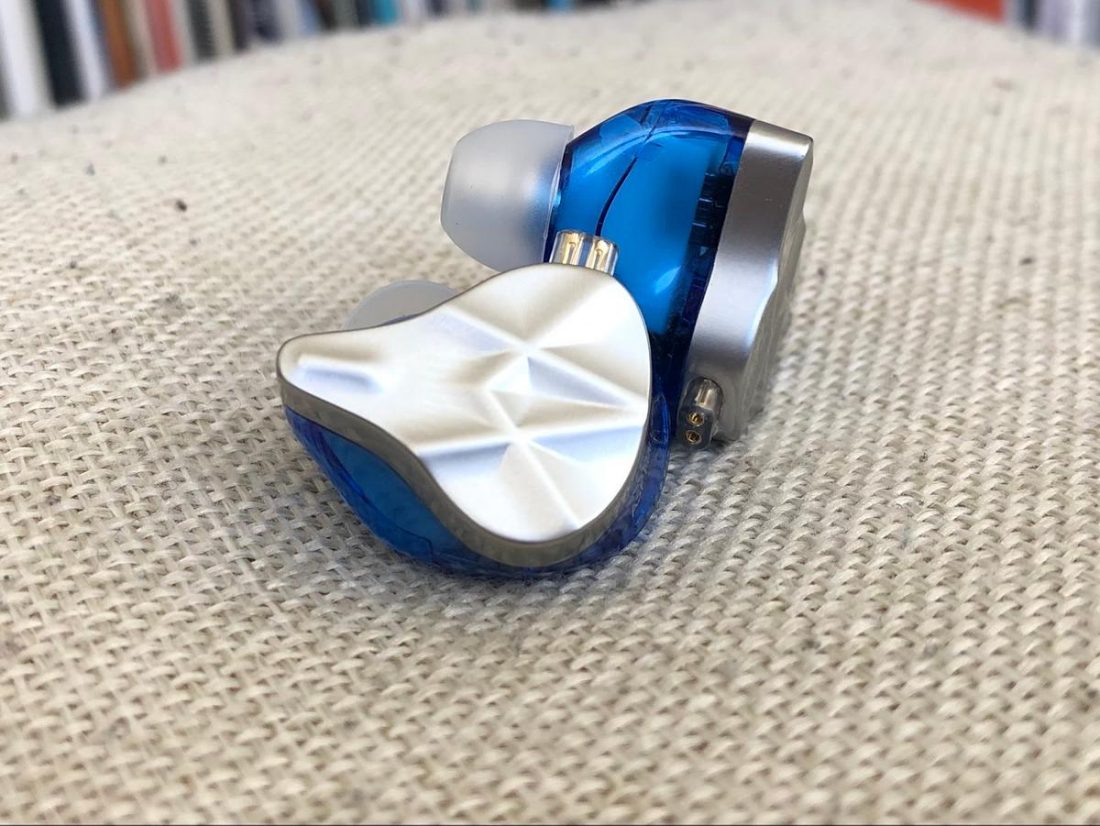
KZ Acoustics Overview
KZ Accostics was founded in 2008 by classical musician Zen Li and former Audio-Technica engineer Keith Yue. It is a public brand for the Shenzhen Yuanze Electronics Company located in Guangdong, China. In 2010 KZ started selling products on the Chinese shopping website Taobao, and in 2013 the KZ brand started being widely promoted. Most recently in 2019, KZ has started producing TWS IEMs.
KZ has generated a huge amount of industry buzz by creating products that have seriously redefined the ratio of price to performance. Initially, there was seemingly unending hype over KZ (as of writing: approximately 3500 pages in a single Head-Fi post). The caveat? Most discussions conclude with the idea that although their IEMs may not produce the absolute best sound, they are difficult to beat at the low price point.
More recently, some of their more technologically advanced and correspondingly higher-priced models, have tried to elevate the brand as a mainstream competitor. However, KZ has received criticism for copying the design and form factor of high-end models from Campfire Audio and Audio-Technica.
KZ IEM Series
KZ is also known for releasing many different models, so it gets convoluted when trying to figure out their hierarchy of IEMs. In a nutshell, the KZ offerings include the following series:
- AS: ASF, ASX, AS06, AS10, AS12, AS16 (balanced armature drivers – # denotes total drivers)
- AT: ATE, ATES, ATR (single dynamic driver)
- BA: BA10 (balanced armature drivers – # denotes total drivers)
- BT: BTE (hybrid BA and dynamic drivers – Bluetooth)
- ED: EDR2, EDX, ED3, ED4, ED7, ED9, ED12, ED15, ED16 (typically a single dynamic driver – ED15 and ED16 are hybrid)
- ES: ES3, ES4 (hybrid – 1 BA + 1 dynamic driver)
- HD: HDS3, HD9 (single dynamic driver)
- ZS: ZSA, ZAX, ZSE, ZSN, ZSN Pro, ZSN Pro X, ZSR, ZST, ZST Pro, ZST Colorful, ZST X, ZSX, ZS1, ZS2, ZS3, ZS4, ZS5 (v1 and v2), ZS6, ZS7, ZS10, ZS10 Pro, (ZS1-3 and ZSE are dual dynamic driver, other ZS are hybrid)
- YZ: YZ41, YZ46, YZ63, YZ66
- Bluetooth TWS Models: E10, SA08, S1, S1D, S2, T1, Z1
CCA and Tripowin
To further complicate things, KZ has recently started releasing IEMs under other brand names as well. Clear Concept Audio (CCA) and Tripowin are sister brands and have released very similar IEMs (sharing components, technology, design, ear tips, etc. with KZ models).
While alike, the sister IEMs are slightly altered products than the KZ versions. Differences can include driver selection, cables, shape, internal structure, etc. and it varies by model. However, they are targeted at the very same budget IEM market.
CCA IEMs
- C04: Hybrid – 1 BA + 1 DD. Similar to the KZ ZSN Pro housing design. Again # denotes the total number of drivers per both IEMs.
- C10: Hybrid – 4 BA + 1 DD. Similar to the KZ ZSN housing design and the ZS10 driver lineup (but with a different dynamic driver).
- C10 Pro: Hybrid – 4BA + 1x 10mm DD. 2x 30095 BA + 2x 50060 BA per side.
- C12: Hybrid – 5 BA + 1 DD. Similar to the AS16 housing design and the ZSX driver lineup. Uses a single 300095 treble BA per side.
- C16: 8 BA. Similar to the AS10 housing design. 2x 22955 bass BA, 2x 29689 midrange BA + 4x 30095 treble BA per side. Differs from AS16 which uses 4x 31736 treble BA.
- CA4: Hybrid – 1BA + 1x 10mm tesla DD (shared with the ZS10 Pro) + 1x 30095 BA per side
- CA16: Hybrid – 7BA + 1x 7mm DD. 3x 30095 high frequency balanced armatures + 4x 50024 mid-frequency balanced armatures.
- Bluetooth TWS Models: CX4, CX10
Tripowin IEMs
- TP10: 5 BA. Similar to the AS16 housing design but with a flat front. 1x 22955 bass BA, 2x 29689 midrange BA, and 2x 30095 treble BA per side.
ASF Specifications
- Driver Configurations: 22955s BA for low frequency, 29689s BA for mid-frequency, 31736s BA for mid and high-frequency, 30095s BA for high-frequency
- Impedance: 18Ω
- Sensitivity: 105dB/mW
- Frequency range: 10-40000Hz
- Earphone interface: 2Pin 0.75mm gold-plated
- Plug: 3.5mm
- Color: Black or silver/blue
- Microphone: Optional
ASF Packaging
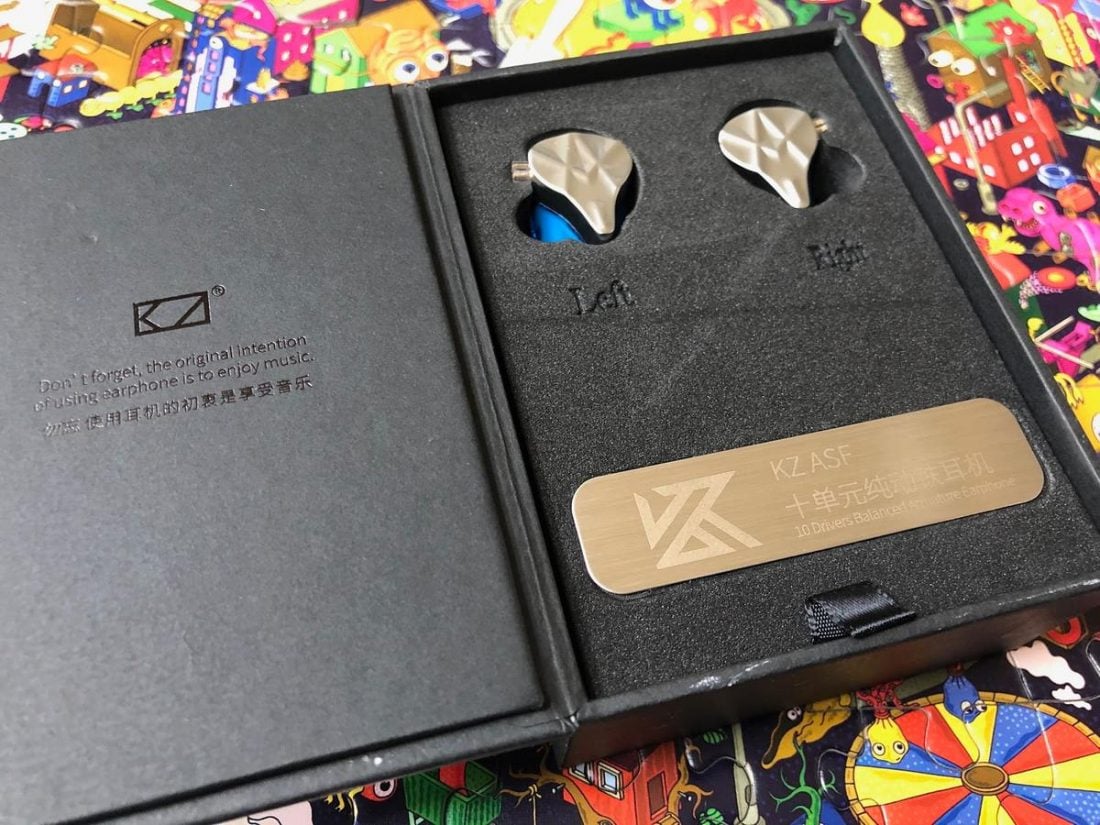
The ASF packaging uses the latest KZ standard. A small black cardboard box with the front opening like a book cover. Inside are the IEMs and metal nameplate embedded in a foam sheet. There is a small ribbon at the bottom that allows you to easily pull out the foam. Underneath are the familiar KZ translucent white plastic bags containing the cable and extra ear tips.
In the box
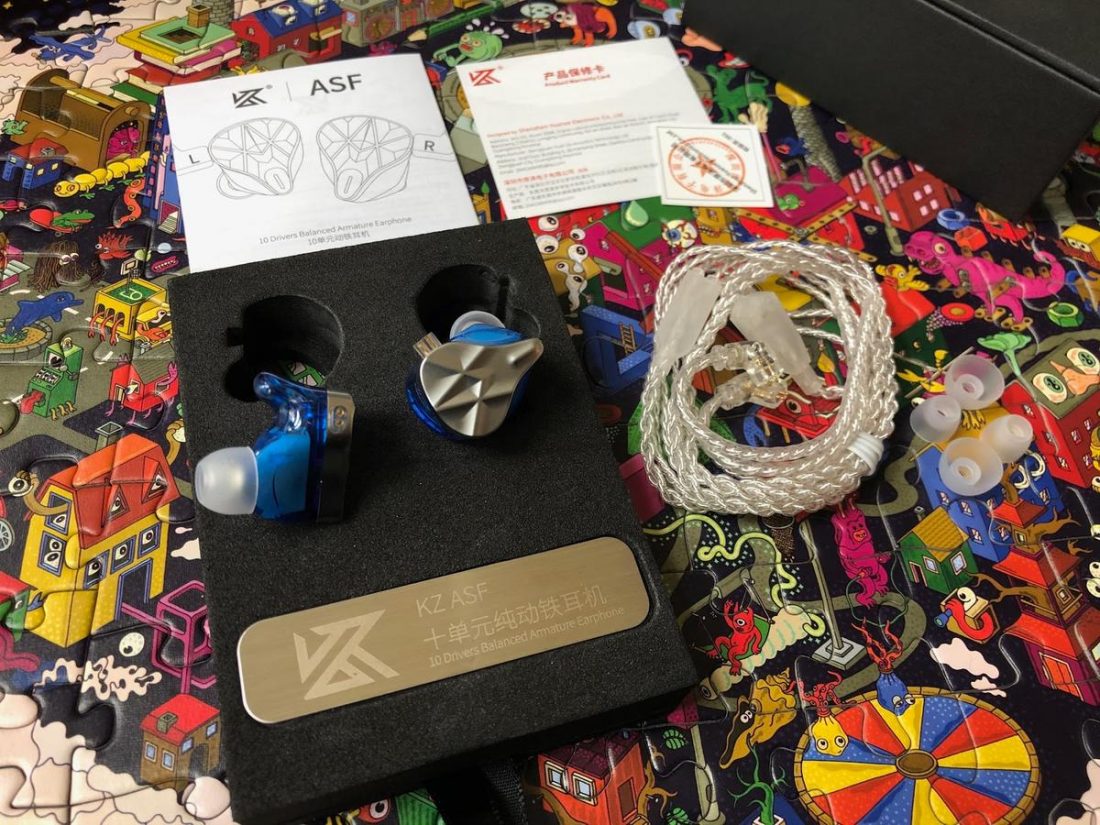
- ASF IEMs.
- Silver-colored cable with clear rubber connectors.
- A plastic bag containing 2 pairs (small and large) of star patterned clear thin silicone ear tips. The ear tips on the IEMs themselves are medium-sized.
- Metal nameplate.
- Warranty card. 12 months if sold by the KZ official store.
- Instruction card.
- Small cardboard square “certificate”.
Cable
The thin silver cable appears to be the same as the one included with the ZAX. Some will applaud the move to (the currently popular) silver-plating over copper. KZ advertises that this is a “100-core” cable, but it doesn’t look or feel as nice as the previous copper or bronze cables.
The new cable is very thin, and as a result, I expect it to be fairly prone to breakage if not handled carefully. On the plus side, it works fine, is extremely light, and not prone to microphonic transmission of noise.
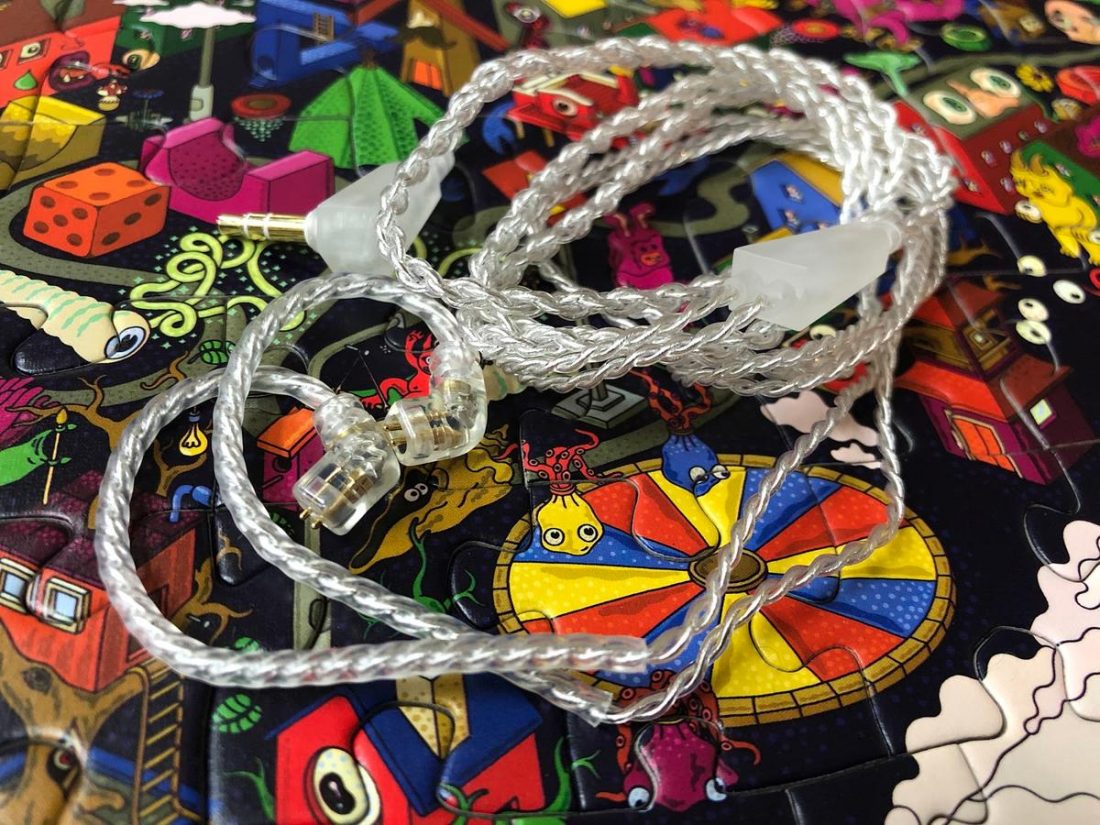
The connectors protrude on the IEM body and are the current KZ standard 0.75 mm, eschewing the more common 0.78 mm flat connector for IEMs (or MMCX). I’ll say it again, just in case someone out there in IEM manufacturing is listening, but please just settle on a standard. It confuses things when aftermarket cables, although perhaps that is part of the plan, ensuring cable purchases are from the same company.
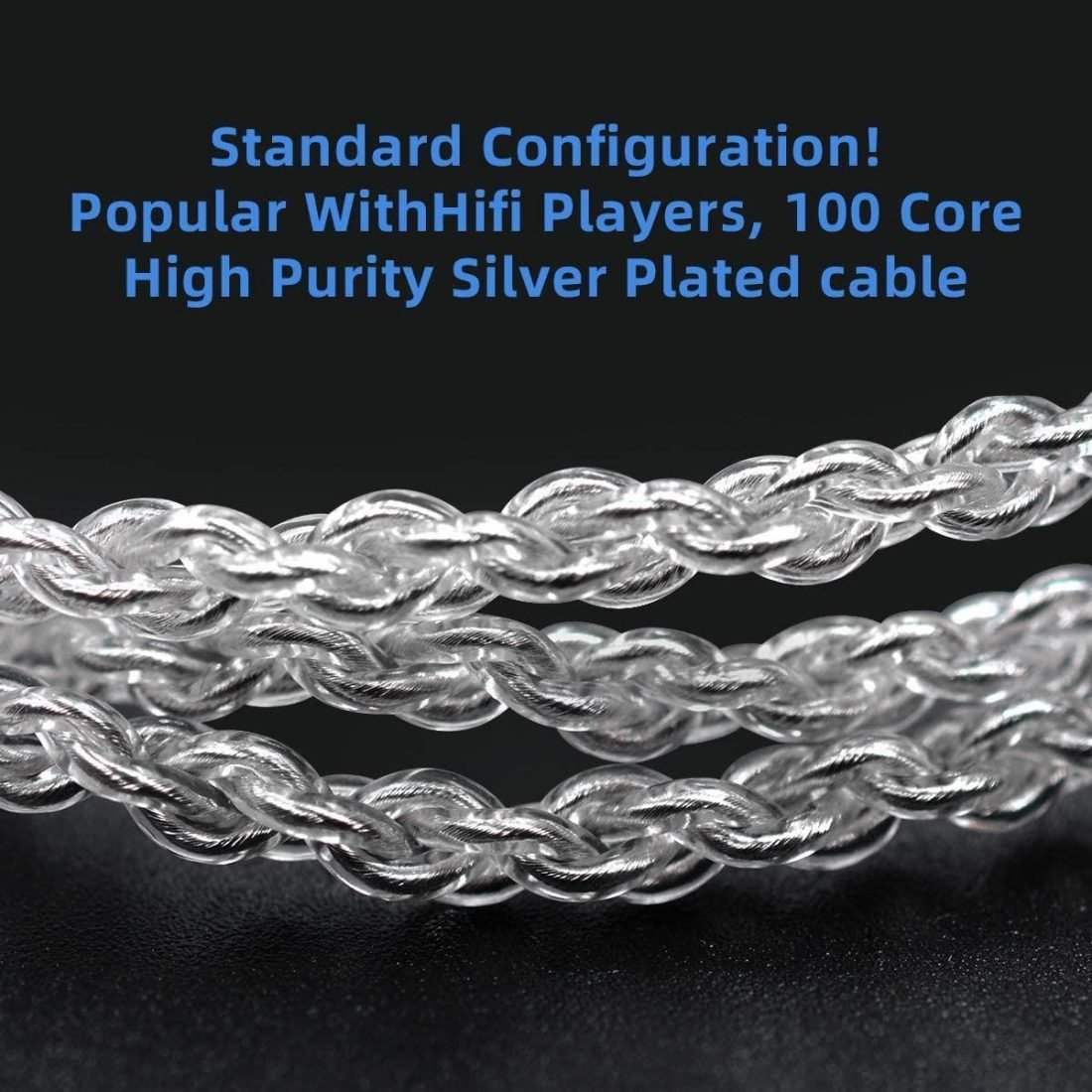
ASF Design
The molded metal faceplates are clean, attractive, and functional. That’s the good news. The molded resin bodies? Not so much.
The ASF are oddly shaped IEMs. The body is bulbous and large. The nozzle is short. The slim shape of the metal faceplate is cleverly designed to give the impression that the resin is narrower than it actually is.
The ASF are unusually chonky IEMs.
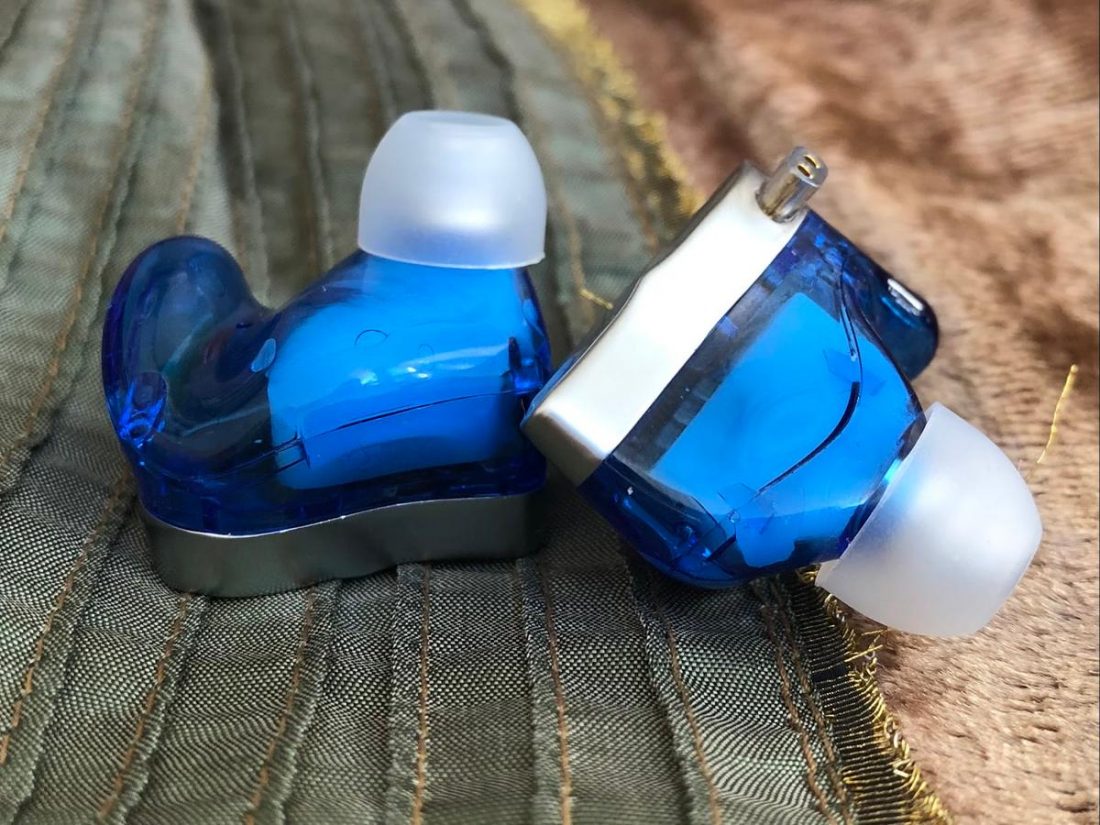
There is a seam running through the middle of the resin, parallel to the faceplate. That is not the norm for KZ design. I typically find their molding process clean, smooth, and flush. You can catch your fingernail on the seam and it appears that this is where the bodies are snapped together. It looks and feels cheap.
Combine that with the large white plastic interior chamber that is visible through the translucent blue resin. Yuck. It’s not a good look.
Comfort
All that being said, the ASF fit decently into the ears, however, the angle of the nozzle isn’t quite right for me. Combined with the very short nozzle length, I struggle to get a decent seal. I went through all the ear tips and ended up back with the medium-sized ones as the best (of the mediocre) options.
Because of the ASF body bulk, it isn’t really possible to reposition them in your ears. Even at the best of times, I can notice a difference in the sound if I open or close my mouth as the shape of my ears changes slightly and affects the seal.
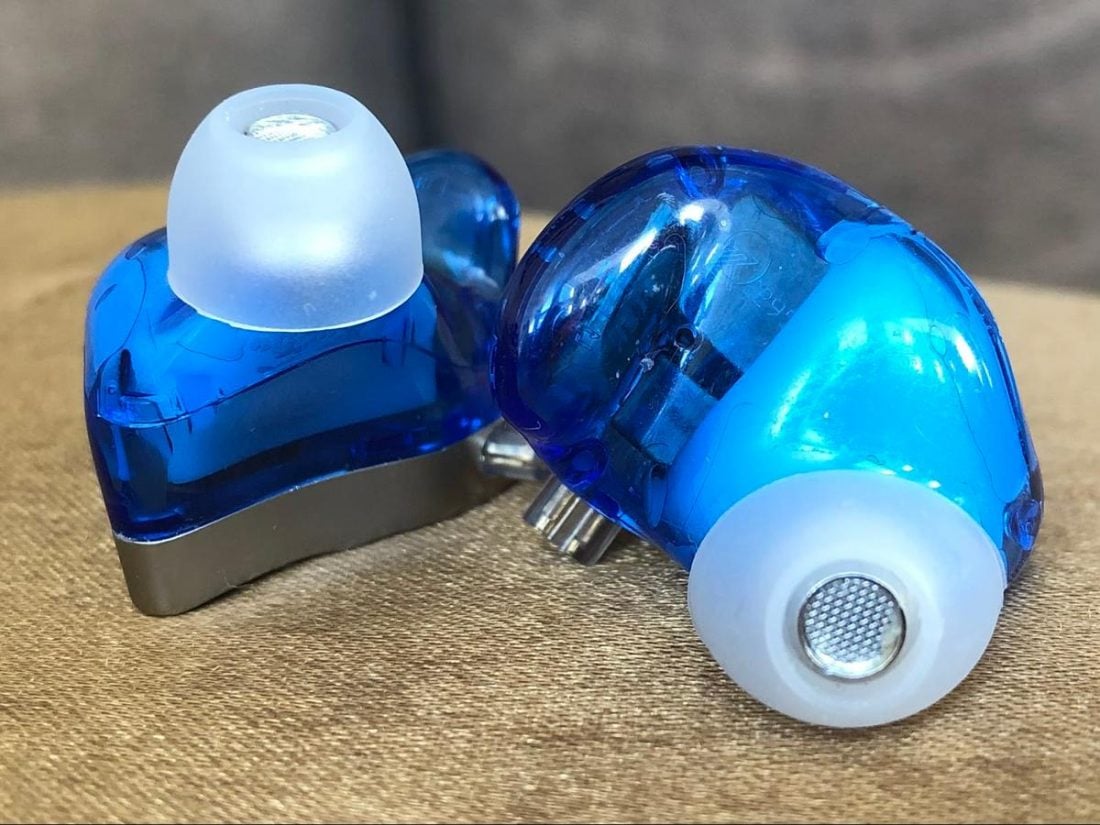
The ear tips are all new for this model. Gone are the classic black KZ Starline silicone tips. In their place are very thin, clear smooth tips. Due to the very short nozzle length, the mesh screen on the nozzle is just about flush with the top of the ear tip.
Internals
I always appreciate the extensive KZ marketing material and rhetoric. Unlike other manufacturers, they give a glimpse into how they put together their IEMs and what technology is used.
With the ASF, it appears that KZ has created a new type of balanced armature driver. “Condensing 10 years of acoustic experience, specializing in the development of a new generation of moving iron units.”
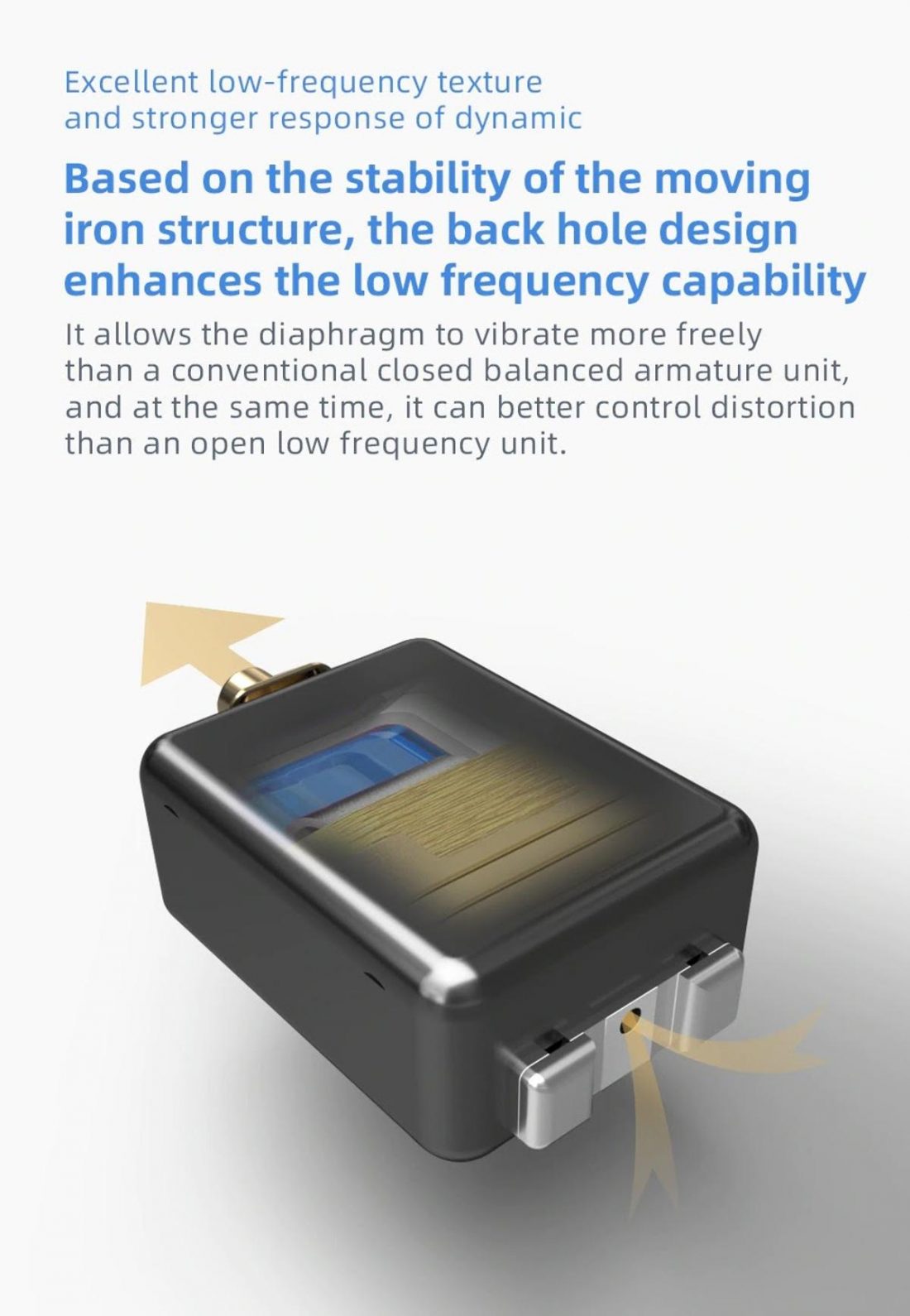
It appears that KZ has produced a vented BA that is designed to improve bass response. As we all know, BAs are more suited to midrange and treble duties, as their lack of diaphragm size, unlike a dynamic driver, can struggle with recreating low bass notes. As the old saying goes, “there’s no replacement for displacement.”
“Different from the balanced armature in the market, it has brand-new acoustic technology from the inside to the outside, with a wider diaphragm and more powerful vibration, ensuring the rich details and full dynamics of the sound quality. Every small detail change is responsible for quality.” – KZ Advertising
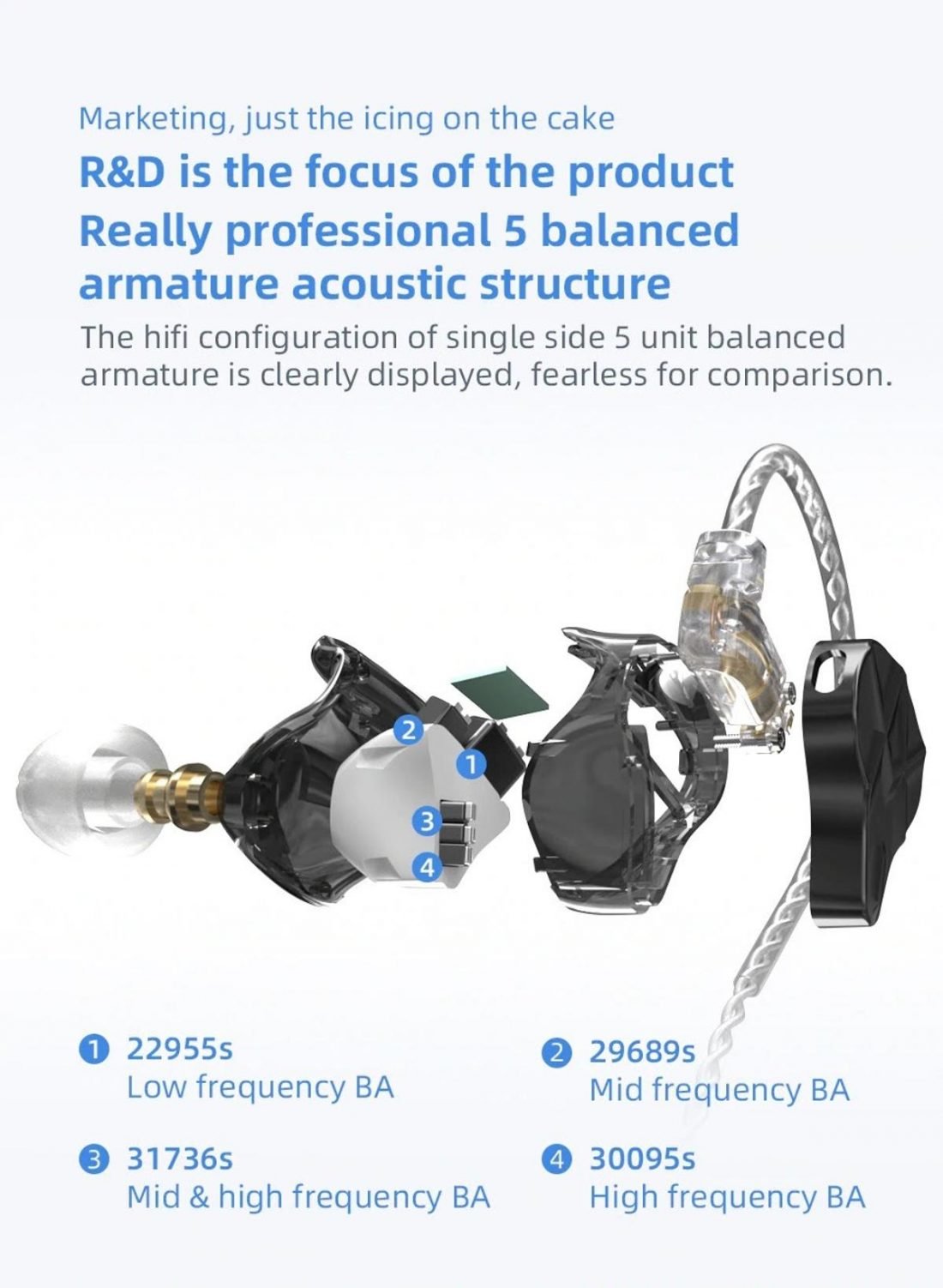
The ASF 5-driver configuration is: 22955s low-frequency balanced armature, 29689s mid-frequency balanced armature, 31736s mid and high-frequency balanced armature combination, and 30095s high-frequency balanced armature.
In addition, the ASF uses an (as they call it) ‘PCB integrated tuning circuit’ for crossover duties. It is visible at the end of the shell under where “ASF Full Upgrade” is printed.
ASF Sound
The advertising material seems to indicate that we should expect a less v-shaped IEM, with an emphasis on realistic and naturally presented midrange.
“The medium frequency, which has not been taken seriously for a long time, is actually the basis of sound… from the perspective of the user’s sense of hearing, professional-grade sound quality adjustments are carried out, and the mid-frequency performance is strengthened. The frequency response range of 10Hz-40000Hz can listen to the loud sound field, clear human voice, pure music.” – ASF Marketing Material
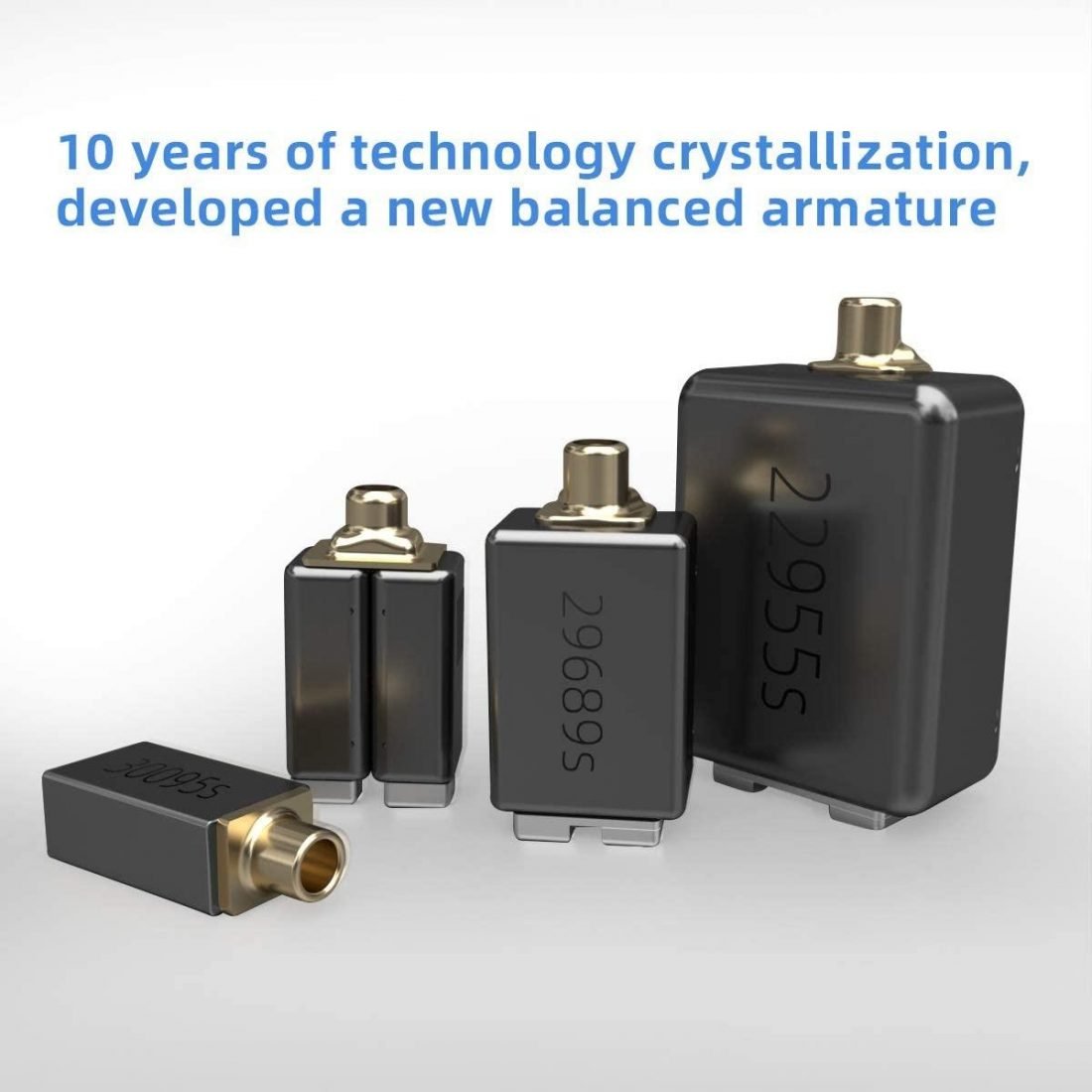
In fact, KZ boldly states “let the music details return to purity.” This is where the all-BA TOTL AS16 made strides towards a more mature and refined sound. Unfortunately, it is with its sound signature that the ASF shows a radical departure from the AS16.
Rather than changing the v-shaped sound of KZ to adopt a more balanced BA approach, they applied their KZ v-shaped sound signature to an all-BA IEM. Ok, not what I was expecting. But, this could work. If it’s done well, this could still be an interesting IEM.
Right?
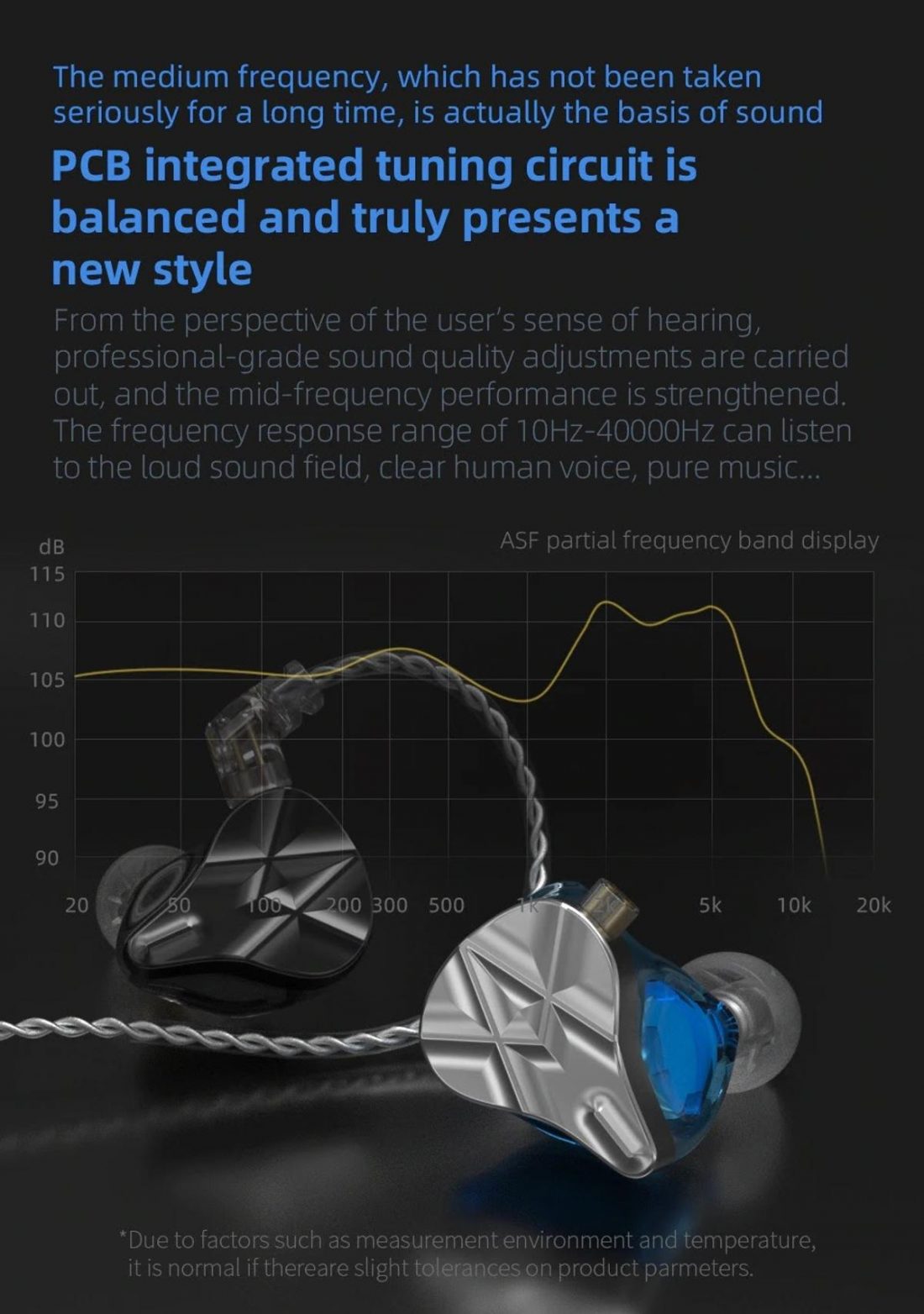
Can the newly designed, bass-focused balanced armature achieve sufficient low bass? Nope. Rather there is an abundance of strong mid-bass which dominates the rather anemic midrange. It adds warmth, but reduces clarity and adds a certain unnaturalness to the sound.
Further adding to this unique sound signature, the upper midrange sharply rises and then falls off the proverbial cliff before it extends into the higher treble region. The result is strangely compressed. Weak sub-bass, strong mid-bass, deeply recessed midrange, sharp upper midrange, and a lack of treble extension.
The soundstage and imaging also suffer as a result. Both are rather mediocre.
Bass
Bass is present but lacks depth. It spills up into the midrange adding a warm but nasal quality to voices and instruments. With BA designs we expect speed and accuracy, often at the expense of depth. Sadly, the ASF don’t really deliver the upsides with the drawbacks.
There is a lack of sub-bass and overabundance of boomy upper-bass frequencies.
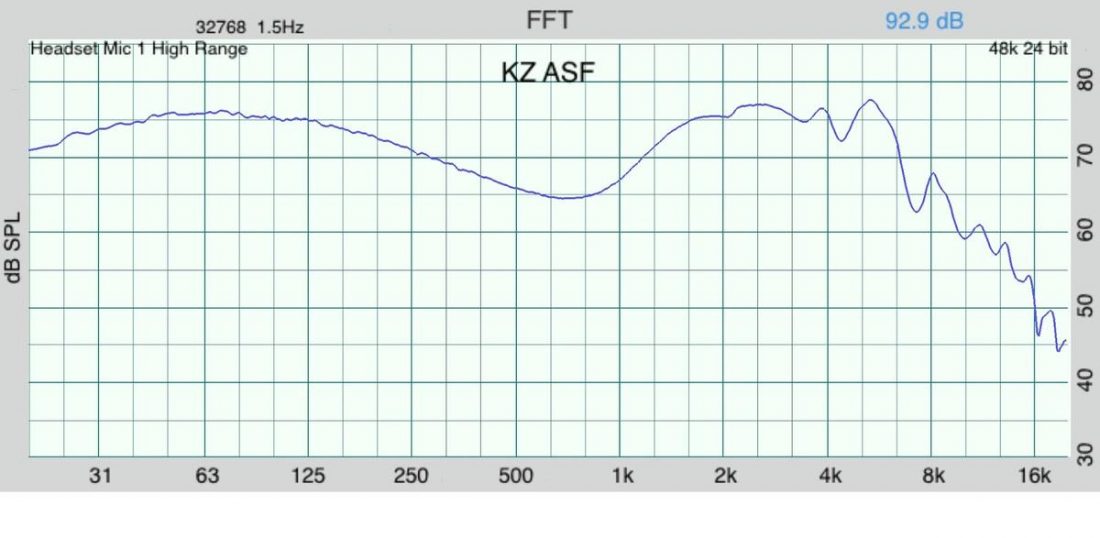
Midrange
All that upper-bass energy defines the midrange. Far to the contrary of their marketing, with a supposed focus on improving the midrange frequencies with the ASF, KZ has produced a weak and thick tone in this critical part of the music.
On the upper end of the midrange into the lower treble regions, there is a noticeable sharpness and harshness to the sound.
Treble
Upper-frequency sounds are sharp but without the sparkle or lightness associated with good treble extension.
Clarity is fine, and there is decent energy imparted, but the overall impression is of a very narrow sound, peaking in the lower and upper midrange.
ASF Comparisons
Moondrop Starfield
The Starfield extend further in both directions than the ASF. They have a deeper anchor in the bass region, and also sound brighter and airier with better treble extension. In addition, the midrange sounds more natural, with voices having a more realistic and sweeter tonality. The cable (which for the record didn’t really impress me at the time of review) is fairly similar between both models.
The Starfield require more amplification for the same volume achievable with the ASF, but both can be driven satisfactorily from most portable devices.
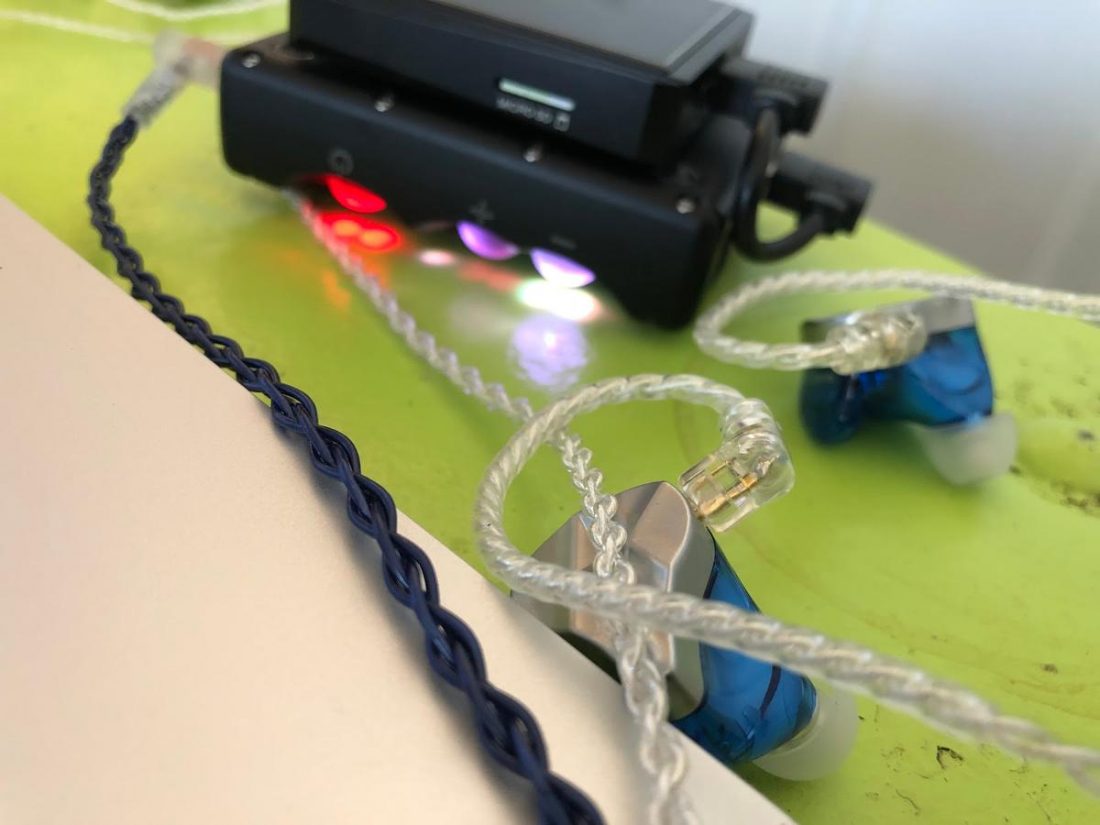
Thieaudio Legacy 3
The Legacy 3 do absolutely everything better than the ASF. It’s difficult to be any clearer than that.
Oh, other than tip retention. The KZ ASF hold their tips better when removing the IEMs from my ears.
So, there’s that.
ASF Conclusion
Thanks to Linsoul for providing the ASF for review purposes. If I haven’t scared you off, and you’d like to see if your tastes differ from my own, you can purchase the KZ ASF from Linsoul for USD$60.
Honestly, I’m surprised by the ASF. KZ has made many far better sounding IEMs. A lot of them. They’ve made better all BA models, and many better hybrid models.
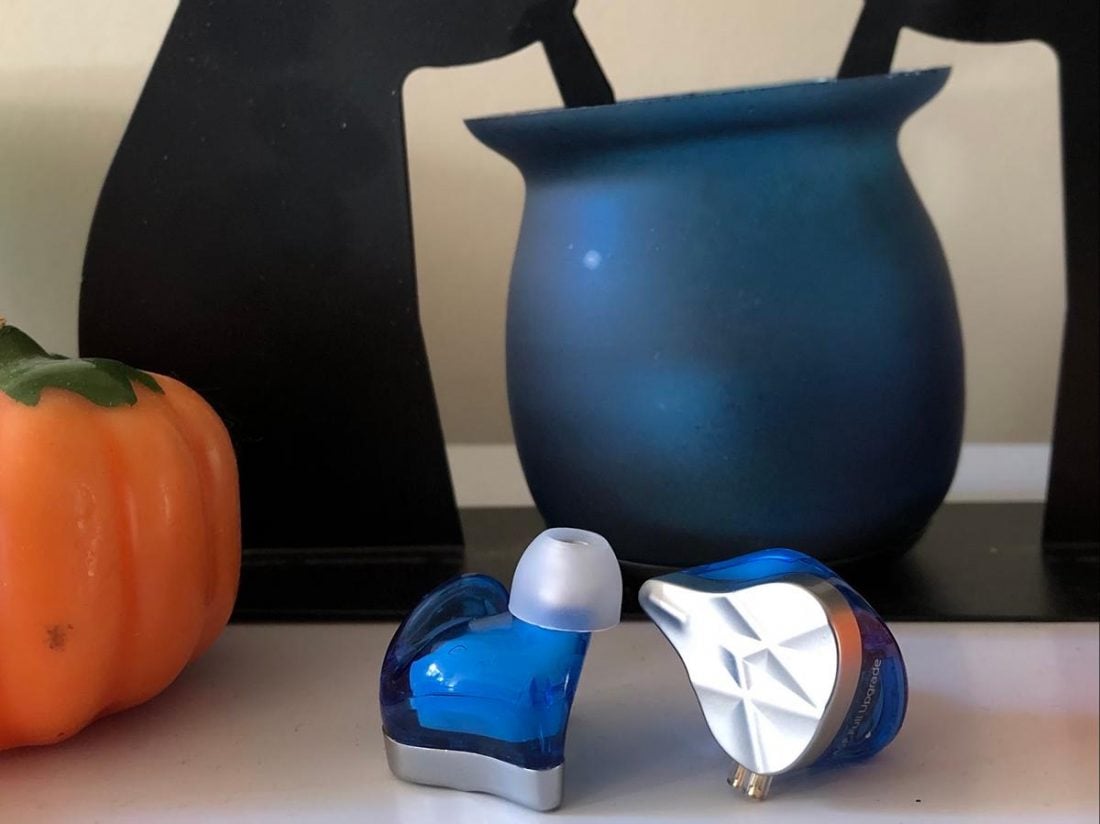
The marketing talked the talk. Less of a focus on the classic KZ v-shaped sound. More refined midrange for better tonality. The walk, however, did not match.
The ASF are narrow and nasal. Not what I was promised or was hoping for.
Let’s hope that doubling the drivers within the ASX opens things up and balances out the sound. Shall we put the ASF behind us and look optimistically to the new KZ flagship?
I know I will.
